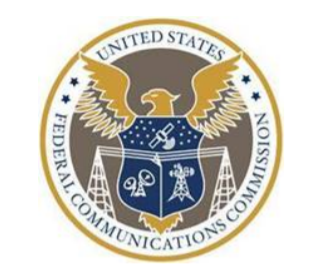Big Tech companies are trying to head off any FCC effort to establish what they say would be “one-size-fits-all” standards for 5G receivers that would work against the agency’s goals of an innovative 5G environment.
The FCC opened an inquiry in April into setting wireless receiver standards, Inside Towers reported. It’s one of several routes the Commission could take to protect frequencies in increasingly crowded spectrum bands. Chairwoman Jessica Rosenworcel said at the time the Commission has historically focused on transmission standards. “We recognize that a variety of approaches may be appropriate, whether through industry-led voluntary measures, Commission policy and guidance, or rule requirements where other approaches would be insufficient,” she said after the FCC approved the Notice of Inquiry (NOI).
At this stage the NOI is only an effort to collect information on how to improve receiver performance and expand the FCC’s focus. The harder work will come when the Commission develops and proposes a new approach. The FCC has tried to address receiver standards in the past without coming up with a new way forward, according to Broadcasting and Cable.
In meetings earlier this month, Consumer Technology Association representatives told advisors to Rosenworcel and other top FCC staffers that Commission-mandated receiver standards were not the way to go, according to agency records. While conceding an increasingly congested environment for RF signals that could only become more congested as the FCC opens up more spectrum for 5G, CTA said that “One-size-fits all mandates on receiver performance” would actually undercut re-allocation efforts and “stifle” the innovation the agency is trying to promote. CTA said industry-led efforts at self-regulation have the most likelihood of success, as it says they’ve been proven “time and time again.”
There seems to be agreement that the Commission’s regulatory philosophy concerning interference protection needs to change with the times. “[W]ireless communications systems involve transmitters and receivers,” Rosenworcel said during the April vote. “It’s a two-way proposition. Both are vital. Both matter. So we need to rethink our approach to spectrum policy and move beyond just transmitters and consider receivers, too.”
Republican Commissioner Nathan Simington also signaled in April that past performance is no guarantee of future returns in a changed spectrum landscape, though he’d prefer industry do the heavy lifting after getting some pushback for his initial push for receiver standards. “It is time that our regulatory approach goes duplex both receivers and transmitters,” he said after voting to approve the NOI. “To proceed with the status quo risks stymying innovative technologies that require intensive use of spectrum adjacent to incumbent commercial allocations,” said Simington.
Simington has in the past taken issue with some of the CTA arguments, according to Broadcasting and Cable. As to stifling innovation, he’s skeptical, saying better standards could put [price] pressure on Chinese manufacturers and make it more feasible for non-Chinese manufacturers. That sounds to him like actually protecting innovation, or at least mitigating some of China’s dominance in the market.
By Leslie Stimson, Inside Towers Washington Bureau Chief





Reader Interactions